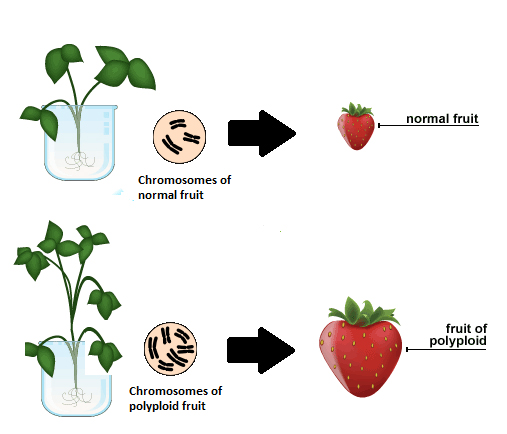As you saw in Section 2 the effect mutations have on amino acid varies greatly. The amino acids may not change, the changed amino acid might not affect the protein, the protein might be affected but not very essential or, worst-case scenario, it might be critical for life. The effects of a mutation on the body vary from harmless, to lethal, to even helpful. Many if not most mutations are neutral; they have little or no effect on the expression of genes or the function of proteins for which they code.
Whether a mutation is negative or beneficial depends on how its DNA changes relative to the organism’s situation. Mutations are often thought of as negative, since they can disrupt the normal functions of genes.
Sickle cell anemia is an example of a harmful mutation.
![]() Watch the following video to learn more about the effects of sickle cell anemia.
Watch the following video to learn more about the effects of sickle cell anemia.
Some of the variations produced by mutations can be highly advantageous to organisms or species. Mutations often produce proteins with new or altered functions that can be useful to organism in different or changing environments. For example, mutations have helped many insects resist chemical pesticides.
Plant and animal breeders often make use of “beneficial” mutations. For example in some plants, such as the strawberry, mutation causes the plant to have extra chromosomes. This is known as polyploidy. The result is that the polyploid plants are often large and produce larger fruit. The image below shows polyploid strawberries.
